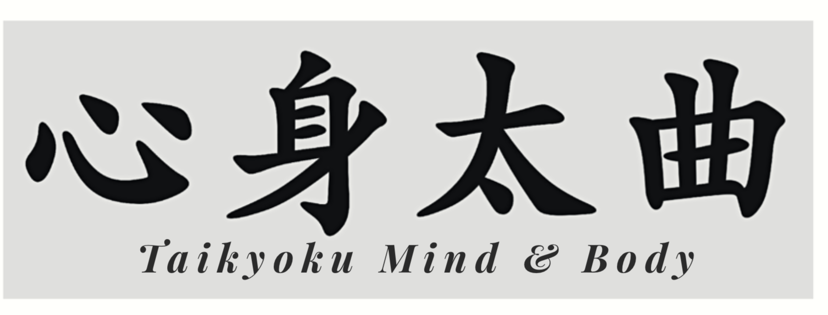Some martial arts are manifest – you take one look at them and you know what they are trying to accomplish. I do not mean that they are either simple to learn or simplistic in concept, but what you see is what you get.
Others are more difficult to understand. Aikido, for example. I remember sitting, watching an aikido demonstration with two young university judoka from Waseda University—they’d never even heard of aikido before—and they kept leaning over to me and asking, “Why did the uke fall?” “Why did the teacher throw him that way? Does that really work?” They weren’t asking me as a martial arts teacher—I was just an older guy sitting nearby and I think they figured that maybe an adult knew what was going on. It made no sense to them.
I’m not going to wander off in the weeds writing about all the whys and wherefores of aikido, but suffice it to say that throughout my active career in the art, and long afterwards, I always had the same questions. At root was this: if you look at the parent art of aikido—Daito-ryu—you will find many hundreds of techniques. And from that assemblage of jujutsu, from the simple to the most unbelievable human origami, the founder of aikido, Ueshiba Morihei, selected a relative few, perhaps twelve or so, and built his whole curriculum around it. As far as I was concerned, the techniques didn’t make sense. A few arm twists into pins, and a few throws of various sorts. It seemed to be a random assemblage, but something told me that it was not. Were it truly random, it would be much more difficult to learn than it is. People can get a basic physical overview of the curriculum in a year or two and definitely be doing something recognizable as competent aikido within that time.
I figured there must be a code. Then, I started studying with Kuroiwa Yoshio, a former boxer and then aikido teacher. Kuroiwa sensei described the five arm techniques, ikkyo through gokyo and on the other side, kotegaeshi and shihonage as positions, essentially points on a clock face. He pointed out that ikkyo was best effected at one o’clock, nikkyo at two o’clock, etc, and kotegaeshi and shihonage, which he regarded as variants of the same technique as a ‘seven o’clock technique. All the throwing techniques were what <could> happen if one entered inside the opponent’s defenses, using one of these ‘clock points.’
Essentially, that’s what started it for me. With Kuroiwa’s insight as a starting point, I looked for solo movements that would enable one to engrain the proper positioning to accomplish each of these techniques, which I retitled as ‘themes’ – (曲). My personal insight, if you will, was that each and every movement within an aikido technique could—and should—follow one of those lines that Ueshiba sketched out in his basics. They were the most efficient way to move within this particular art.
These themes became a wonderful teaching device. Aikido is often hard to learn because many of the techniques are ‘ideal concepts that could happen.’ The student really doesn’t know why to move a certain way, because arms-length grappling is much harder to test than body-to-body grappling, where you fall over, for example, if you’ve improperly directed your training partner’s weight upon you. But if, in the initial stages, one patterns an ideal set of movements (just as is done in good taijiquan, for example), then the body begins to be hungry to move properly and one knows from the inside when one is out of line.
Because, through this, one is moving in a well-balanced manner, one has a “container” within which to place internal strength, which one hopefully is developing, in a martial context. Nothing in the movements should ‘offend’ internal strength principles.
My final insight in this area was that the positions on this clockface are a perfect framework for the application of atemi, IF you are using internal strength to strike. The throw, the lock, the atemi are all executed the same way.
That is how Taikyoku all began, and these became the principles that the next generation has taken and run with.
Ellis Amdur
